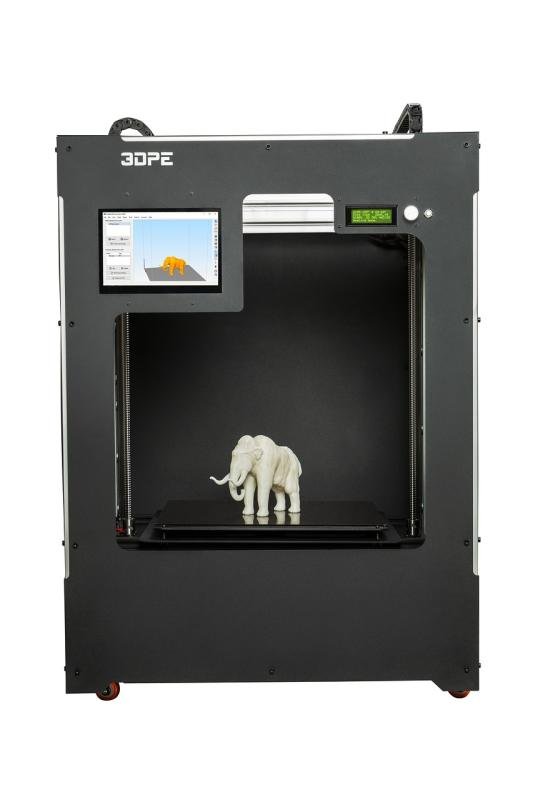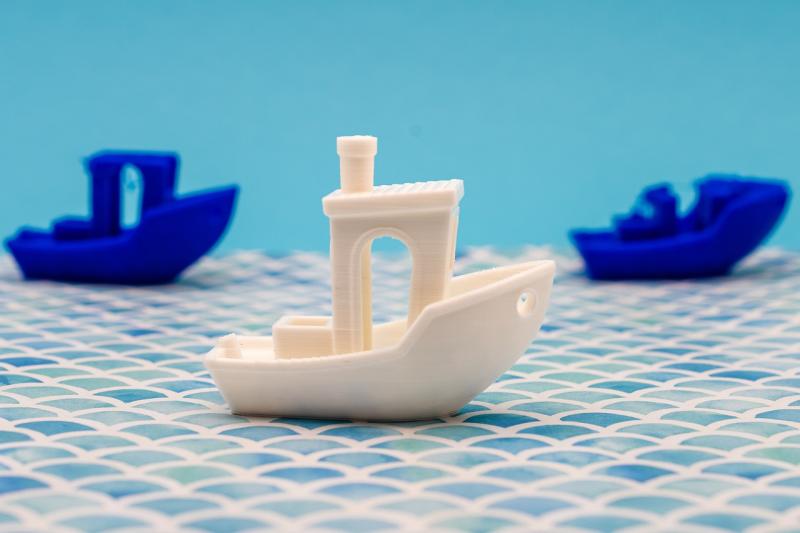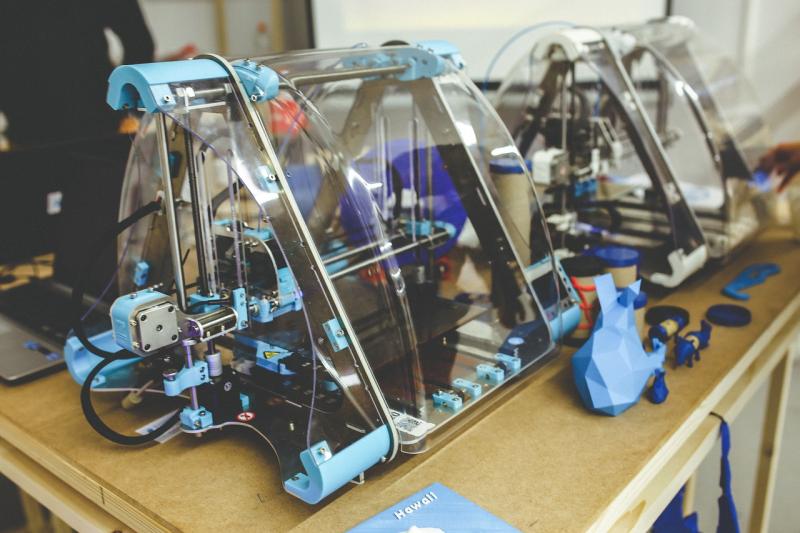A 3D printer is a machine that creates three-dimensional objects from a digital design. Think of it as a fancy printer, but instead of spitting out flat papers, it builds things layer by layer. It uses materials like plastic, resin, or even metal to bring your ideas to life. So, whether you want a cool gadget, a custom toy, or even prototypes for a project, a 3D printer can do it!
The process usually starts with a 3D design, which can be created from scratch or downloaded from libraries. These designs are then sliced into thin layers using special software before being sent to the printer. The printer takes it from there, building each layer on top of the last until the full object is complete. It’s a fascinating blend of technology and creativity!
3D printers come in various types and sizes, making them suitable for different needs. Here are a few common types:
Whether you're just curious or eager to dive in, 3D printing opens up a world of possibilities. It’s not just for tech experts; many beginner-friendly options make it accessible for hobbyists and creators alike. If you can dream it, you can likely print it! How cool is that?
Benefits of Using 3D Printers
3D printers have taken the maker community by storm, and for good reason! They offer a range of benefits that can enhance creativity, efficiency, and cost-effectiveness in various projects.
One of the biggest perks is customization. With a 3D printer, you can create personalized objects tailored to your specific needs or preferences. Whether it's a unique gift, a replacement part for a household item, or a prototype for your next big idea, the possibilities are endless. You can design it exactly how you want it!
Another fantastic benefit is the ability to save money. Instead of purchasing expensive items or parts, you can print them right at home. This is especially valuable for hobbyists, educators, and businesses. The initial investment in a 3D printer pays off when you realize how many items you can produce at a fraction of the cost.
3D printers also promote innovation. They encourage experimentation and learning, especially in classrooms or workshop environments. Kids and adults alike can dive into projects, explore their creativity, and turn concepts into reality. Plus, they can quickly iterate designs to improve functionality or aesthetics without wasting materials.
Finally, the speed of production is a game changer. What might take days or weeks to build by hand can often be completed in just a few hours with a 3D printer. This efficiency empowers users to bring their ideas to life faster than ever, giving them more time to create and innovate.
Types of 3D Printers Explained
When it comes to 3D printers, there are a few main types you need to know about, and each one has its own perks. This makes it easier to choose the right one for your projects. Let's break them down!
FDM Printers: Fused Deposition Modeling (FDM) printers are the most common type you'll come across. They work by melting plastic filament and layering it to create a 3D object. They're great for beginners because they are usually affordable and easy to use. Plus, they’re perfect for functional prototypes and basic designs. Just remember, the finish might not always be super smooth, but you can always sand or paint your creations later!
SLM and SLA Printers: Selective Laser Melting (SLM) and Stereolithography (SLA) printers are a whole different ballgame. They use lasers to melt metal powder (for SLM) or to solidify liquid resin (for SLA) layer by layer. These printers can produce detailed and highly accurate models, making them perfect for industries like jewelry, dental, and engineering. Just be prepared to invest a bit more upfront, as these guys can be pricier!
DSP Printers: Digital Light Processing (DLP) printers are similar to SLA ones but use a projector to cure the resin instead of a laser. This can make them faster for larger prints, and they also deliver superb detail. If you're looking to make intricate designs or prototypes quickly, DLP is definitely worth considering.
Lastly, there are Multi-material Printers: These printers allow you to use different materials in one print. This means you can mix colors, textures, and even different types of plastic, which opens up endless possibilities for creativity. If you're serious about 3D printing and want to experiment with complex projects, this type is definitely for you!
Tips for Choosing Your First Printer
Choosing your first 3D printer can feel a bit overwhelming, especially with so many options out there. Don’t worry—I’m here to help you sort through the choices! Here are some key tips to keep in mind as you start your journey into 3D printing.
1. Know Your Purpose: Think about why you want a 3D printer. Are you planning to create fun toys, functional parts, or maybe art pieces? Different printers excel in various areas, so knowing your goal will help steer you toward the right machine.
2. Consider Your Budget: 3D printers come in all price ranges. Set a budget that works for you. Remember, you may also need to factor in the cost of materials, maintenance, and upgrades down the line. It’s better to invest a bit more upfront for something that fits your needs.
3. Look for User-Friendly Features: If you’re just getting started, opt for a printer that’s beginner-friendly. Look for features like:
These can make the learning curve a lot smoother!
4. Check Reviews and Community Feedback: Before making a decision, read user reviews and join forums. Hearing from others who’ve actually used the printer can provide valuable insights. Plus, you can learn about any potential issues or standout features that you might not find in the specs.


